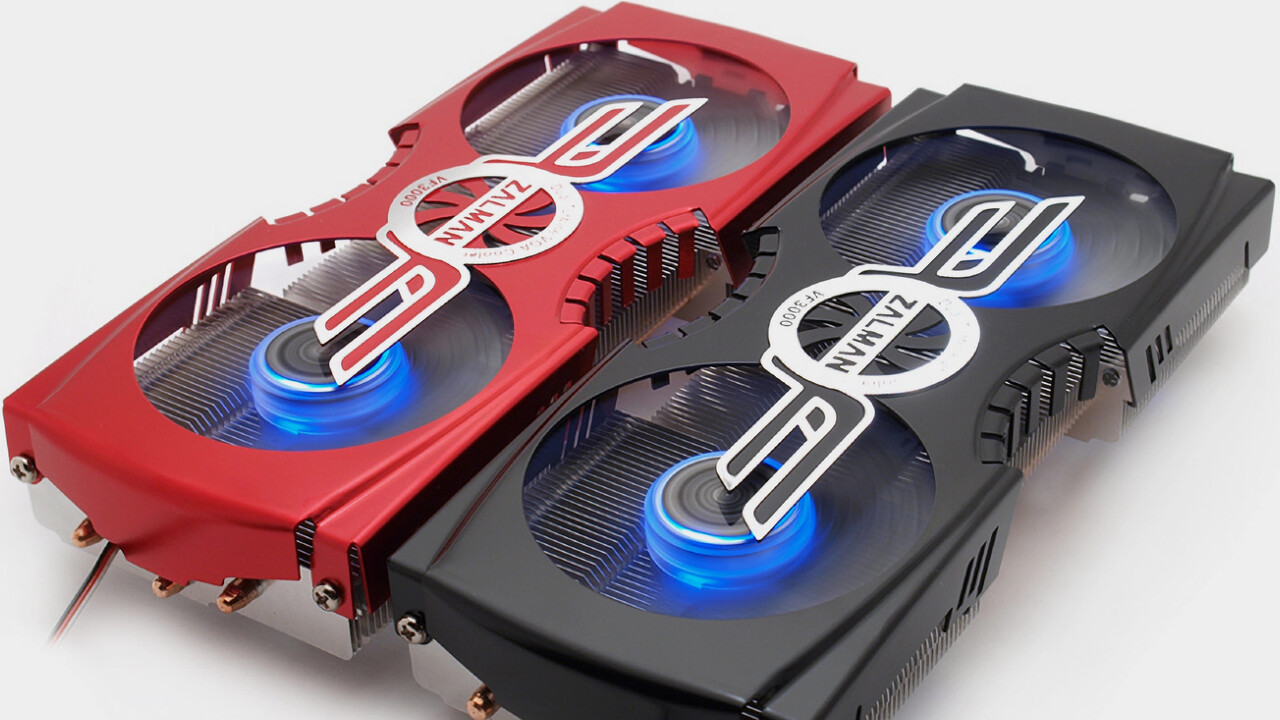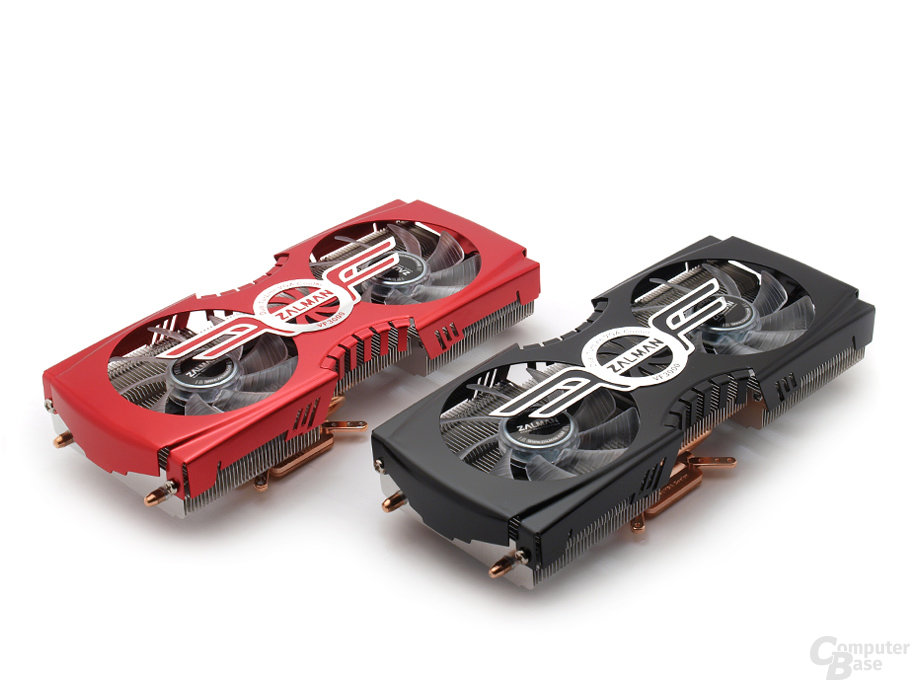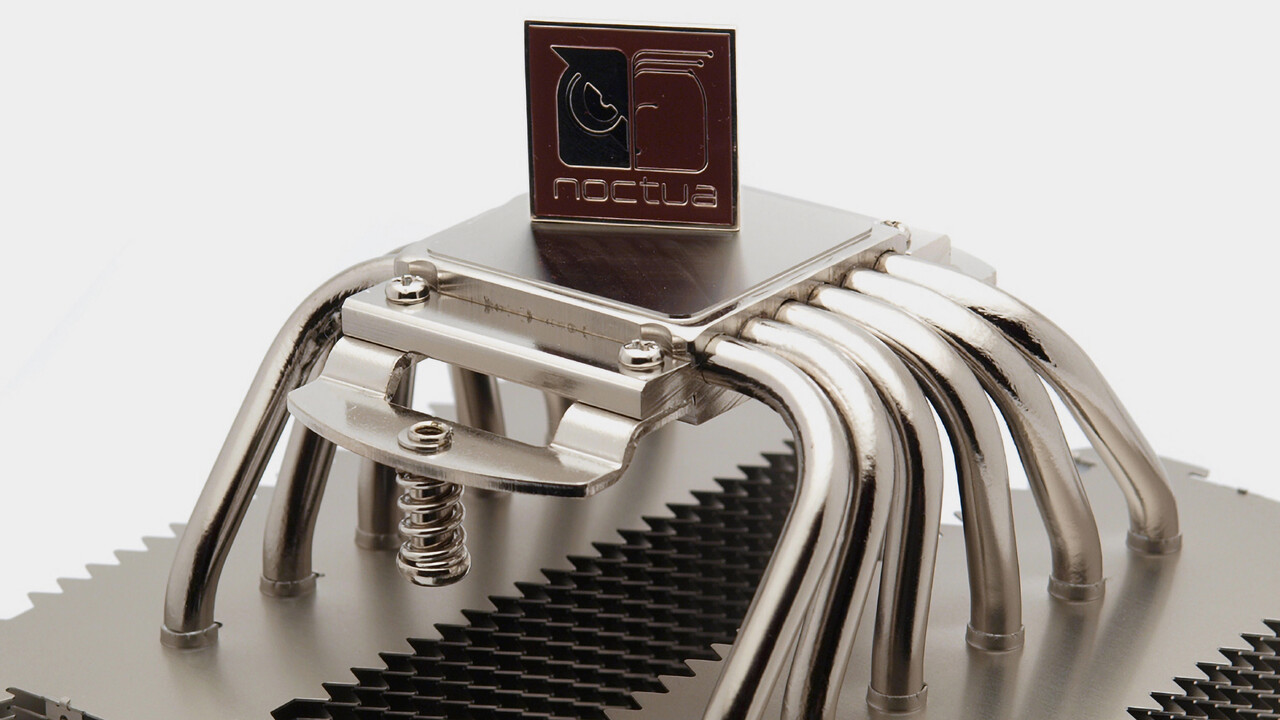In the test 15 years ago: Zalman’s Loveless Zalman VF-3000 cooled 23 comments

While Zalman initially gained favor with users primarily through its unusual designs, high-quality materials, and an eye for quiet enthusiasts, other manufacturers dominated the cooler market in 2010. The Zalman VF-3000 graphics card cooler (test) for AMD and NVIDIA showed why.
Zalman was unrecognizable
The Zalman VF-3000 had two versions with an A and N suffix for AMD and Nvidia, OR. Compatibility was still limited by the manufacturer. The AMD model specifically supported the ATI Radeon HD 5830, HD 5850, and HD 5870, while the NVIDIA version supported the previous generation GeForce GTX 260, GTX 275, GTX 280, and GTX 285. Zalman made it easier, as it supported many more graphics cards, but the cooler was optimized for this small (i.e., tested) selection. With a price of €40, the VF-3000 was at the top of the graphics card cooler ladder at the time.

Zalman VF-3000A and N Image 1 of 9
The VF-3000 measured 239 × 98 × 51 mm (L × W × H) and weighed 430 grams. The heat sink consisted of 112 aluminum fins, which were aligned at a distance of 1.5 mm. The heat sink was connected to the copper base plate via five 6 mm heat sinks. Two 92 mm fans provided cooling air. The VF-3000 thus corresponded to a typical dual-slot design and had little in common with the striking early Zalman design. This was also evident in the choice of materials and robustness, something a cooler in this price range only achieved. Competition from Prolimatech or Thermalight offered more.
The VF-3000 faced further criticism for its fan speed range. At 900 to 3,000 rpm, the cooler didn’t offer a speed range suitable for quiet enthusiasts. Even the minimum of 900 rpm was still noticeable. Regulation was manually controlled via the supplied fans or by a third-party supplier.
The Zalman VF-3000’s installation on a GeForce GTX 285 was simple. A problem was found when attaching the numerous small heat sinks for the RAM and other chips. The cooler for the NVIO chip didn’t fit the BFG-Tech GeForce GTX 285 OC and collided with surrounding components. For comparison: the Scythe equivalent performed without problems thanks to its compact design.
Good cooling performance
In the test, the cooler had to assert itself on a Radeon HD 4870 and a GeForce GTX 285. In 2006, 3DMark was run in a loop to bring the graphics cards to the thermal limit. Cooling performance was good with the Zalman ZF-3000. Scythes could be beaten on the GeForce GTX 285, while on the Radeon HD 4870, performance was achieved in the upper range of the test field. In the results of the Radeon HD 4870 at 2,000 rpm, the VF-3000 with a maximum speed, i.e. 3,000 rpm, was entered in the same diagram for comparability. Despite the generally good performance, the VF-3000 saw no country compared to a Prolimatech MK-13 with two 120 mm fans. At lower speeds, the temperatures of the voltage converters were also very high.
In terms of volume, the VF-3000 offered a significant improvement over the reference design. Compared to competitors such as a Scythe Set Sugen or even a Twinturbo Pro Arctic Cooler, the volume was too high. At minimum speeds up to about 1,600 rpm, the fans made a grinding noise, which was only covered by the sound of the airflow at higher speeds. In this area, however, the cooler was undoubtedly noisy. Cooler
(Anz. X l / bxh) Drehazzel
(U/min)db(a)
1,000
U/min db(a)
2,000
U/min db(a)
3,000
U / min Zalman VF-3000A / N 2 × 92 mm 900 – 3,000 31.9 42.9 52.3 NVIDIA GEFORCE GTX 285 OC 1 × 70 mm Radial 1,000 – 3,200 37.2 46.9 60.6 ATI RADEON HD 5850 1 × 70 mm 1,000 – 4,500 37.6 48.6 61 × 70 mm Bifrost 2 × 100 mm 700 – 2,000 31.5 42.7 – AC TWINTURBO PRO 2 × 92 mm 1,000 – 2,000 30.9 38.7 – Scythe SetSugen 1 × 120 mm 600 – 2,000 31.5 37.9 – Scythe Musashi 2 × 100 mm 600 – 2,000 31.5 37.9 – Scythian
Conclusion
In principle, the VF-3000 wasn’t a bad cooler and offered good cooling capacity and better background noise than the reference cooler. For a price of 40 euros and given Zalman’s success, it was a disappointment. Customers received better graphics card coolers when competing with Prolimatech or Scythe. Especially given the (officially) limited compatibility, the VF-3000 wasn’t worth the money. In the “Tested 15 Years Ago” category, the editorial team has been taking a look at the test archive every Saturday since July 2017. We list the last 20 articles published in this series below:
Apple: The first iPad for perfect media consumption. Two Radeon HD 5870s with a whopping two GB of VRam. Western Digital Velociraptor VR200m failed on SSDs. CORSSAILS NOVA SSDs convinced on all. GeForce GTX 480 was the Föhn 2.0LMX Superleggera with liquid metal instead of heatpipes. Multi-GPU with NVIDIA and AMD thanks to Hydratel’s Core i7-980X with six turns. Intel‘s Sparkling Pentium G6950 and Core i3-530th GTX 280m in the 5.6 kg notebook. The Radeon HD 5450 was useless for gaming, but otherwise the best top masts, the Grand Kama Crossdie GeForce GT 240 with 1024 MB DDR3, were insignificant. The Alltamrazer Orochi was for mobile fun via Bluetooth.
Even more content of this type and many other reports and anecdotes can be found in the Retro Corner of the TechAstuce forum.
Topics: Graphics Card Cooling Retro Zalman

A cooling systems specialist, Sophie helps enthusiasts optimise their setups with watercooling.


